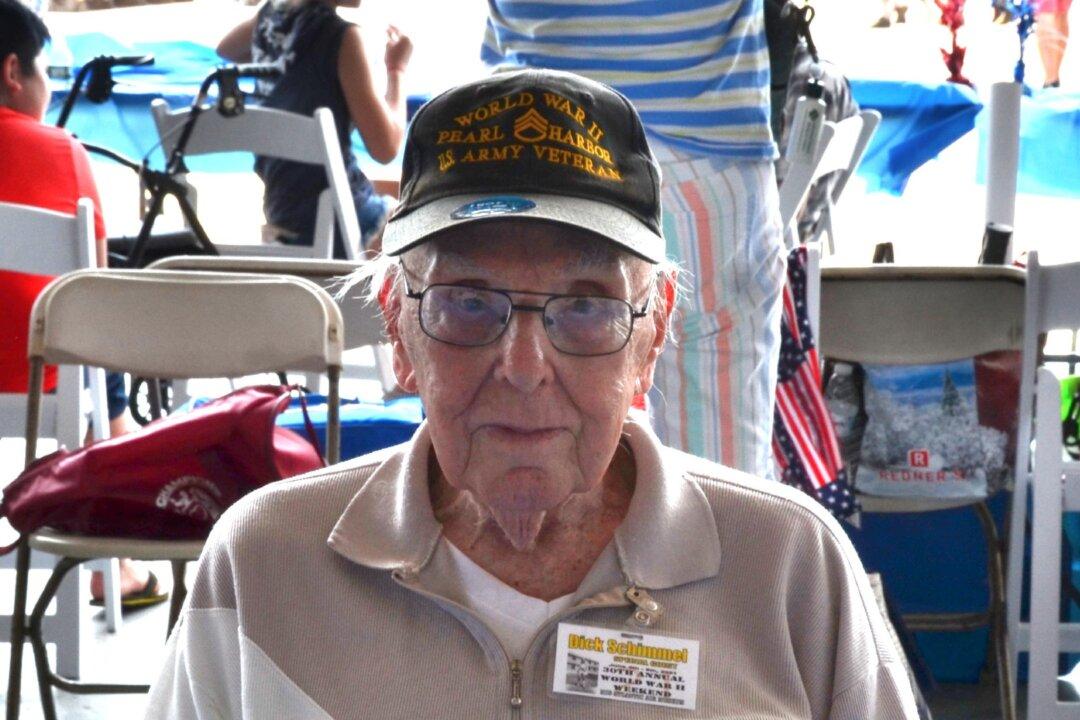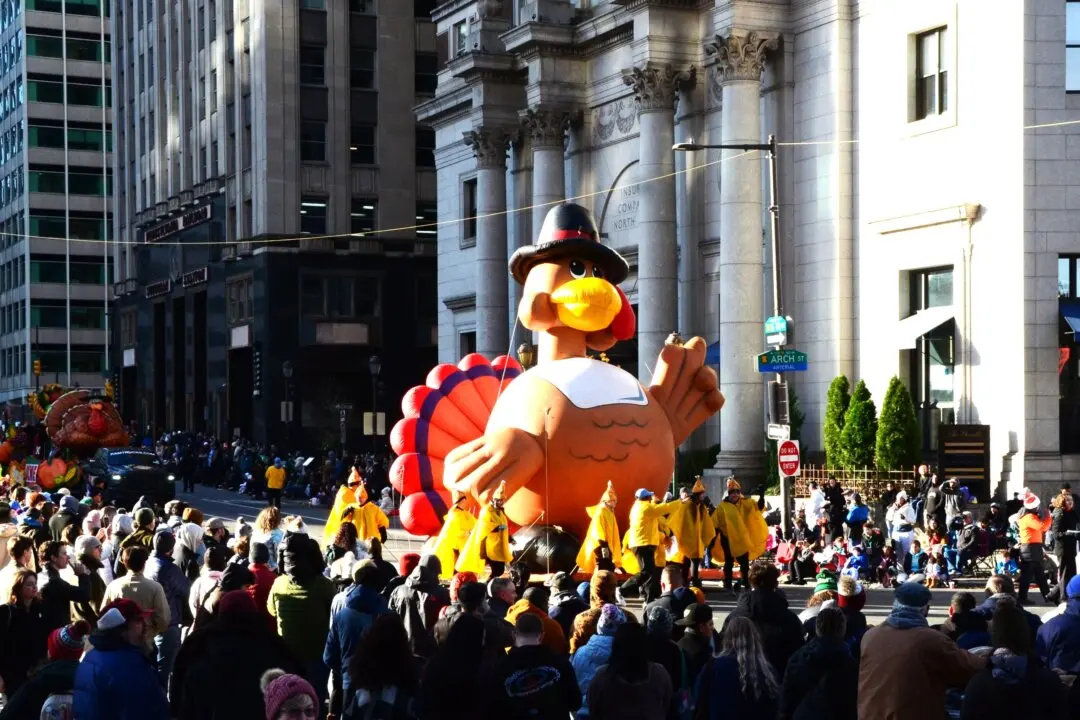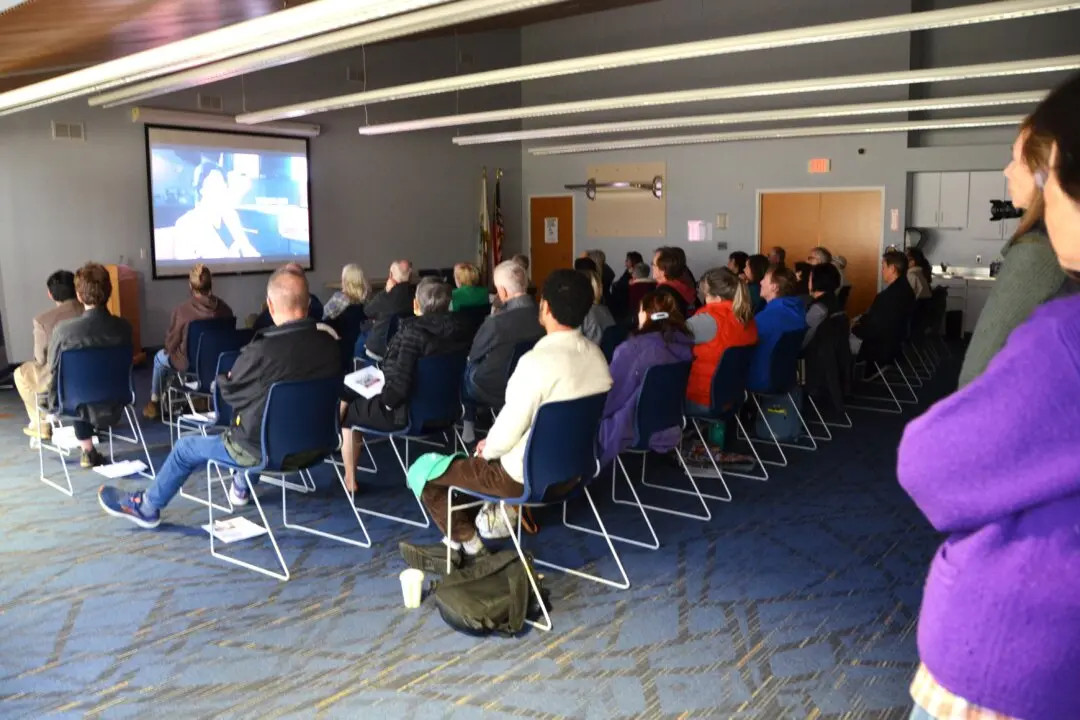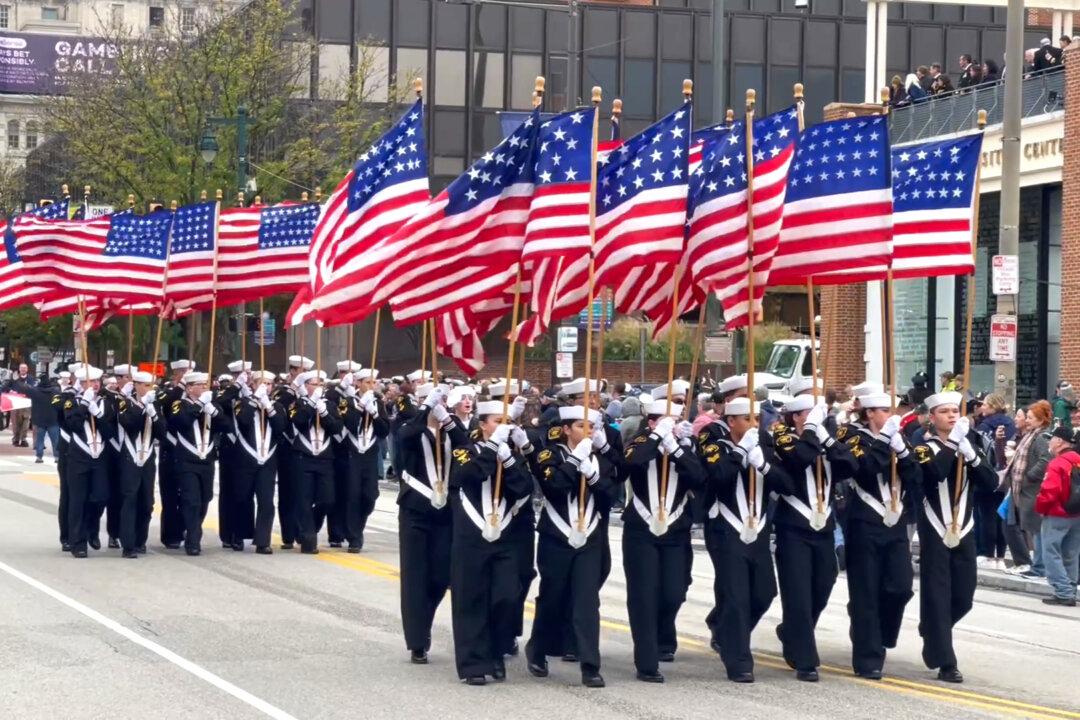The Mid-Atlantic Air Museum hosted its 30th Annual World War II Weekend in Reading, Pennsylvania, from June 4 to 6. It is the largest and most well-known event of its kind in the world. Temperatures soared into the 90s but the event attracted over 30,000 who paid tribute to an era of great sacrifice and homage to the surviving heroes present.
There were dramatic re-enactments, musical venues, and elaborate air shows, with many magnificently restored flying machines and tanks in tow. All theaters of war were represented. Every year, 20 veterans come to relay their first-hand accounts of their service to their country.




